Out Now
The Mental Health Issue
Current Issue
The Mental Health Issue
AUG - SEPT 2025
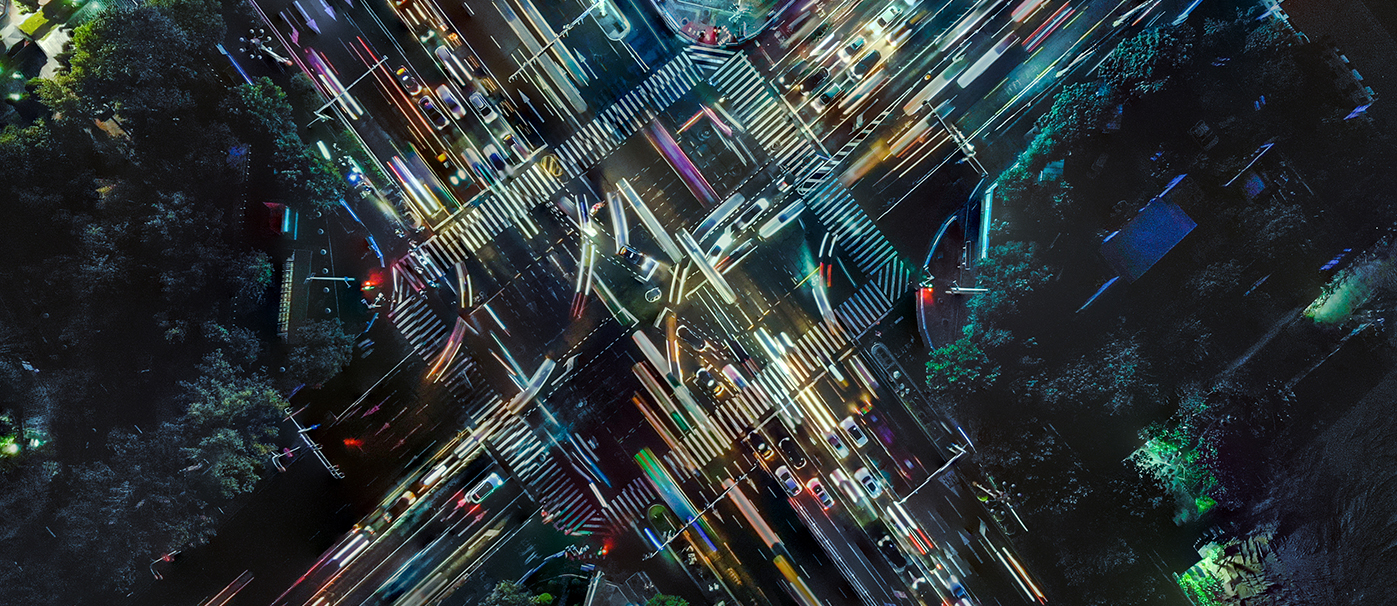
Our cities are set to become bustling, heavily populated hubs – and will need the infrastructure to support increasingly dense populations.
The past few years have dictated that cities have to change.
With pandemic-enforced remote working fast-tracking decades of professional evolution – and the resultant impact on the businesses reliant on vast numbers of people working in cities during the week – we’re already seeing change in our urban centres.
But will that change be lasting, and what else will impact our cities over the coming decades?
“The nine-to-five, Monday-to-Friday way of working is gone,” says Joshua Sattler, CEO of Dantia, the economic development company for Lake Macquarie City, NSW.
“That’s been a beautiful outcome of Covid – it’s allowed flexibility for people to say ‘I don’t need to work in an office’.
And, as a consequence, it’s going to increasingly impact how our cities are used and the space businesses need.
“You’ve got co-working spaces, for example. That’s where a lot of businesses are going, and that desire for flexibility will only get greater for the next generation.”
Of course, while many jobs can be done remotely, there are a significant number that can’t – think retail, cleaning, hospitality (and trades!) – and that is going to lead to an influx of more compact housing solutions and increasing population density, says Brett Wiskar, global keynote speaker and Chief Future Officer at Wiley.
“There’s a whole group of people who have shifted their expectations about what living will look like in a city environment.
“Australians are used to growing up on a quarter-acre block, but for generations, people in Chicago, Shanghai and Tokyo have grown up in apartments. There’s nothing wrong with that – it’s just different.”
Sattler agrees: “The younger generation coming through are minimalists, they’re not looking for the large block with a place where they can run the dog and have chickens.
That’s gone. They’re very socially conscious and they’re driven in their purpose in life as well.
“They don’t necessarily want all the usual layers of social fabric – the car, the double garage. These are things that just aren’t on the radar of the next generation, and we’ll see cities change to adopt that mindset as well.”
Sattler predicts cities of the future will be full of people rather than full of cars, and that brings with it transport implications, too – after all, people still need to move around.
“Those shared models of transport will encourage people to come back into cities and to actually treat cities as places for people rather than heavy infrastructure and transport modes.”
What those transport layers are remains to be seen, but Sattler says micro-mobility – scooters and ebikes – will be key, while he ponders, “What happens when we start talking about that in-between layer of what’s above a road, and what’s then in the next airspace under 5000 ft?
“That has huge ramifications for where technology’s going for transport, and will change the way people use their cities.”
Another transport topic that’s been long talked about but hasn’t yet made it into mainstream, is autonomous vehicles. But Wiskar says this technology will revolutionise how we live and work relatively soon – and will have a significant impact on some very familiar city infrastructure, too.
“It’s interesting when you look at autonomous vehicles, because human beings are really good at overestimating the impact of disruption and innovation in the short term, and really good at under forecasting what it’ll do in the long term.
“People say, ‘It’s going to change everything, we won’t need roads or car parks!’ and then, of course, five years pass and nothing’s changed. That’s because change happens pretty slowly, and people then have the opinion that autonomous vehicles won’t amount to anything.
“Over the next 15-20 years, expectations peter off in terms of the change people were expecting, but the technology matures so it really has this quite dramatic change.”
Of course, with electrically-powered autonomous vehicles taking themselves off to out-of-town sites to be recharged when not in use, fuel stations will become increasingly redundant (not a bad thing given the current escalating fuel costs!) – opening up thousands of prime retail sites.
“The number of internal combustion engines that are used in society 30 years from now will be very, very small in comparison to what we have today,” says Wiskar.
Given the predicted rise in city centre population, convenience stores – which many fuel stations are partly anyway – could take these prime spots, with online orders delivered there to collect.
“It’s not practical for a delivery driver to deliver home grocery shopping to a 10-storey building, but we could well see those fuel station sites being used as places where people collect their shopping from,” says Wiskar.
How cities firstly recover from the impact of the pandemic, and secondly evolve and develop, are going to be key challenges over the coming years. While incentives such as free parking may provide a temporary boost, that, in Wiskar’s view, is a band-aid solution. Instead, he foresees a more lasting change to the way cities work – but it’s a change that will take time to manifest.
“It’s about realigning supply and demand,” he says.
Wiskar points to the volume of residential buildings that have emerged in, for example, Brisbane’s city centre over the past 15 years – and the services needed by those residents – as something that will guide the evolution of cities.
“Businesses were already starting to move to different geographical locations or smaller city fringe opportunities before the pandemic, and those that are in the city don’t need the office space they did before.
“If a business has 6000 employees, it could well decide it needs only 2000 desks.
“So there’s going to be office space that needs to be converted into residential, and along with that residential accommodation there’ll need to be services provided – gyms, indoor driving ranges, indoor running tracks and other things – that will be driven by how many people live in the CBD.”
Wiskar says the rate of change will vary, however, the likelihood is we’ll see cities across Australia becoming more densely populated.
“It’ll vary city to city – what Sydney needs will be different to what Melbourne needs.
“Look at Manhattan – people live and work there. We don’t have that in Australia – in the pandemic, the majority of people left the city to go home to a geographically separate place.
“With more and more people moving into new residential property in cities, the question then is how does the environment change, and how is the footprint repurposed, to turn assets into something usable that ultimately provides a return on capital for whoever owns it?”
Overall, says Sattler, our cities will become vibrant, busy hubs that will be increasingly desirable to live in.
“Cities will quickly reshape to places that are filled with people not just from Monday to Friday, but seven days a week. People will generally prefer to live there.”
Keep up to date with our latest news and competitions by subscribing to our regular newsletter.

Issue 183
OCT - NOV 2024
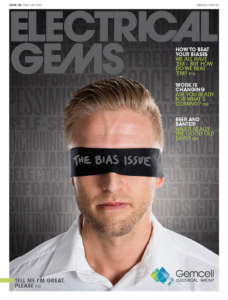
Issue 182
AUG - SEPT 2024
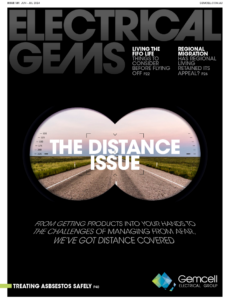
Issue 181
JUN - JUL 2024
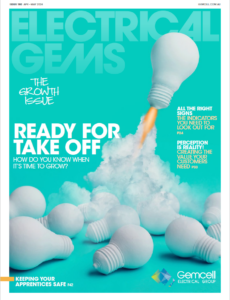
Issue 180
APR - MAY 2024
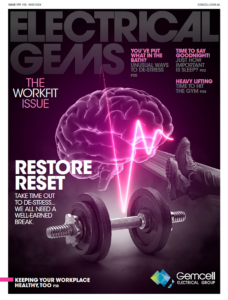
Issue 179
FEB - MARCH 2024
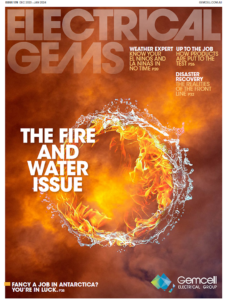
Issue 178
DEC 2023 - JAN 2024
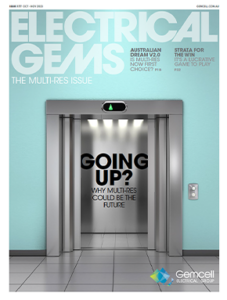
Issue 177
OCT - NOV 2023
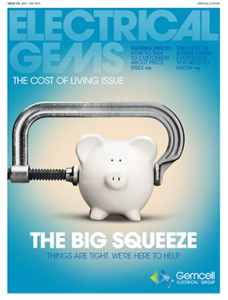
Issue 176
AUG - SEPT 2023

Issue 175
JUN - JUL 2023
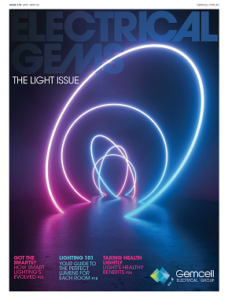
Issue 174
APR - MAY 2023

Issue 173
FEB - MAR 2023

Issue 172
DEC 2022 - JAN 2023
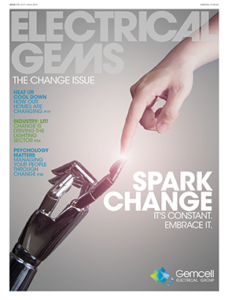
Issue 171
OCT - NOV 2022
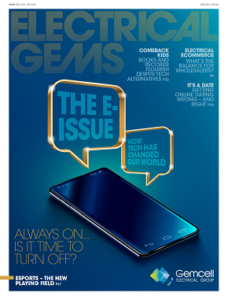
Issue 170
AUG - SEPT 2022
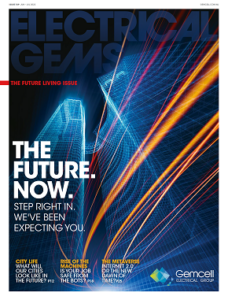
Issue 169
JUN - JUL 2022
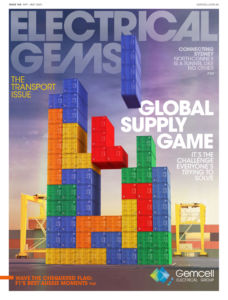
Issue 168
APR - MAY 2022
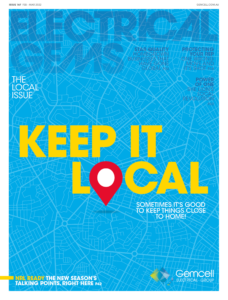
Issue 167
FEB - MAR 2022
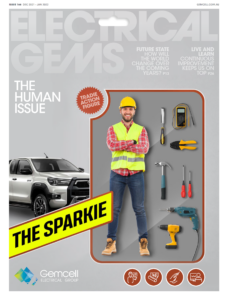
Issue 166
DEC 2021 - JAN 2022
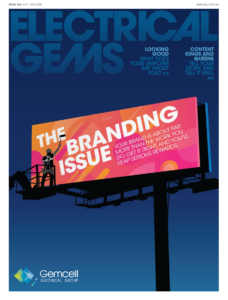
Issue 165
OCT - NOV 2021

Issue 164
AUG - SEPT 2021

Issue 163
JUN - JUL 2021

Issue 162
APR - MAY 2021
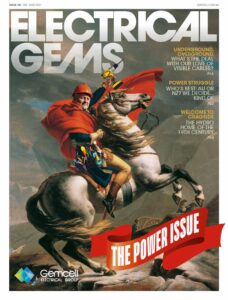
Issue 161
FEB - MAR 2021

Issue 160
DEC 2020 - JAN 2021

Issue 159
OCT - NOV 2020
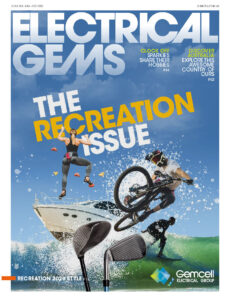
Issue 158
AUG - SEPT 2020
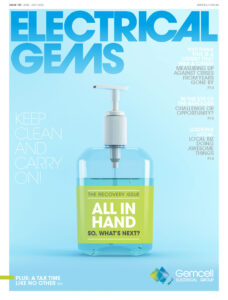
Issue 157
JUN - JUL 2022
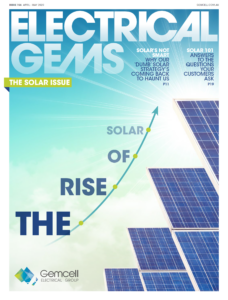
Issue 156
APR - MAY 2020
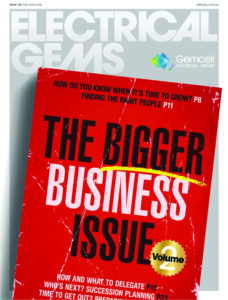
Issue 155
FEB - MAR 2020

Issue 154
DEC 2019 - JAN 2020
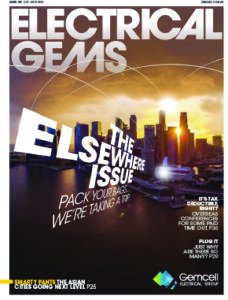
Issue 153
OCT - NOV 2019

Issue 152
AUG - SEPT 2019
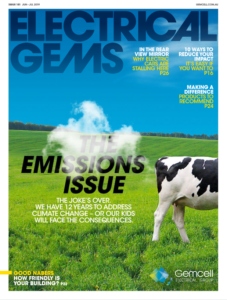
Issue 151
JUN - JUL 2019
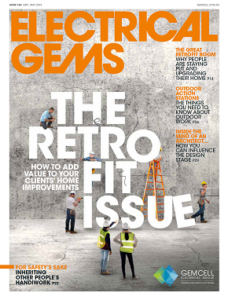
Issue 150
APR - MAY 2019

Issue 149
FEB - MAR 2019
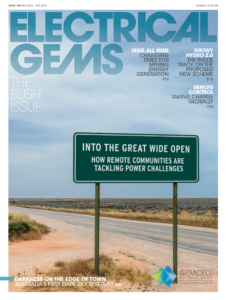
Issue 148
DEC 2018 - JAN 2019

Issue 147
OCT - NOV 2018
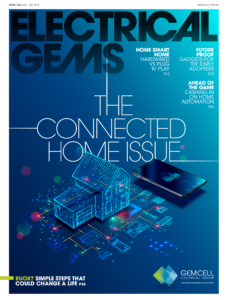
Issue 146
AUG - SEPT 2018

Issue 145
JUN - JUL 2018

Issue 144
APR - MAY 2018
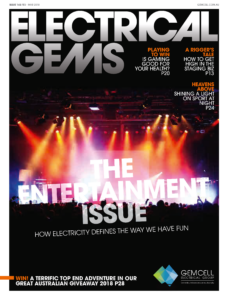
Issue 143
FEB - MAR 2018
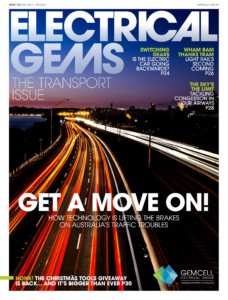
Issue 142
DEC 2016 - JAN 2017

Issue 141
OCT- NOV 2017

Issue 140
AUG - SEPT 2017

Issue 139
JUN - JUL 2017
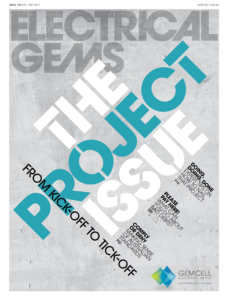
Issue 138
APR - MAY 2017
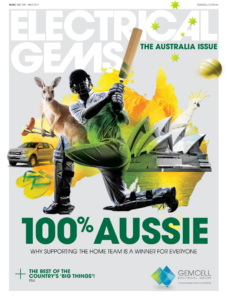
Issue 137
FEB - MAR 2017
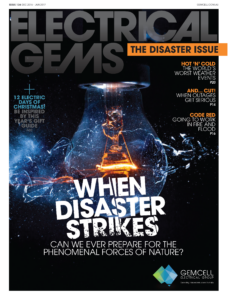
Issue 136
DEC 2016 - JAN 2017
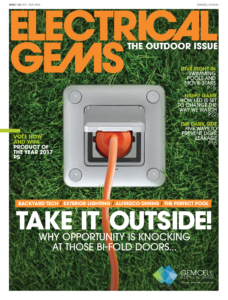
Issue 135
OCT - NOV 2017
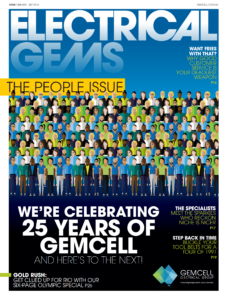
Issue 134
AUG - SEPT 2016
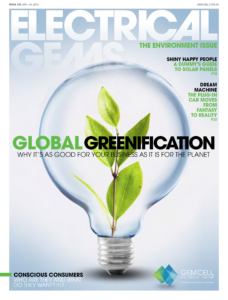
Issue 133
JUN - JUL 2016

Issue 132
APR - MAY 2016
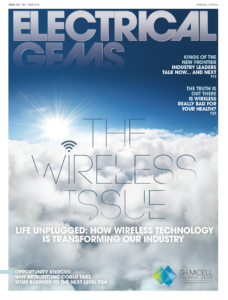
Issue 131
FEB - MAR 2016
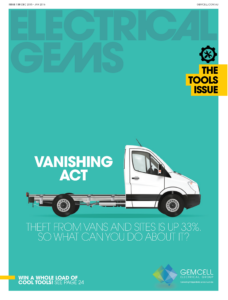
Issue 130
DEC 2015 - JAN 2016
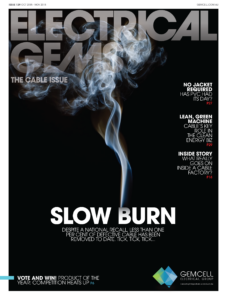
Issue 129
OCT - NOV 2015

Issue 128
AUG - SEPT 2015
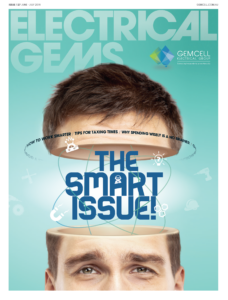
Issue 127
JUN - JUL 2015

Issue 125
APR - MAY 2015
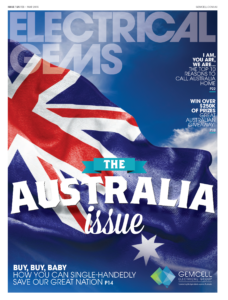
Issue 125
FEB - MAR 2015
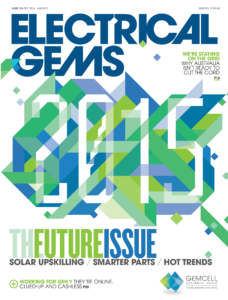
Issue 124
DEC 2014 - JAN 2015
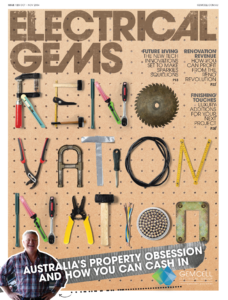
Issue 123
OCT - NOV 2014
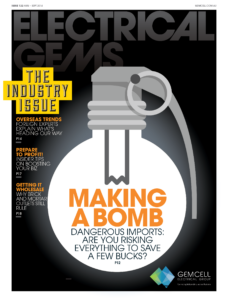
Issue 122
AUG - SEPT 2014
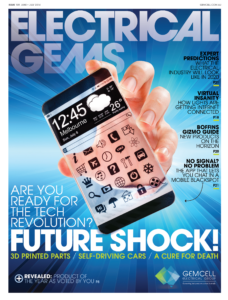
Issue 121
JUN - JUL 2014

Issue 120
APR - MAY 2014

Issue 119
FEB - MAR 2014
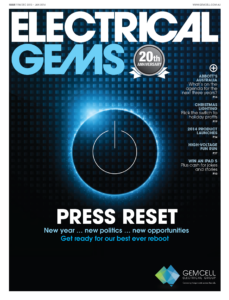
Issue 118
DEC 2013 - JAN 2014
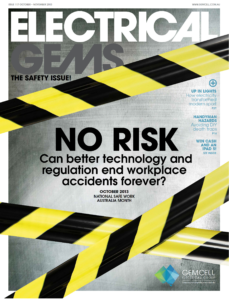
Issue 117
OCT - NOV 2013
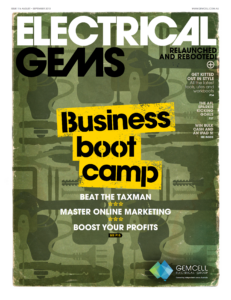
Issue 116
AUG - SEPT 2013

Comments (0)
Write a Comment